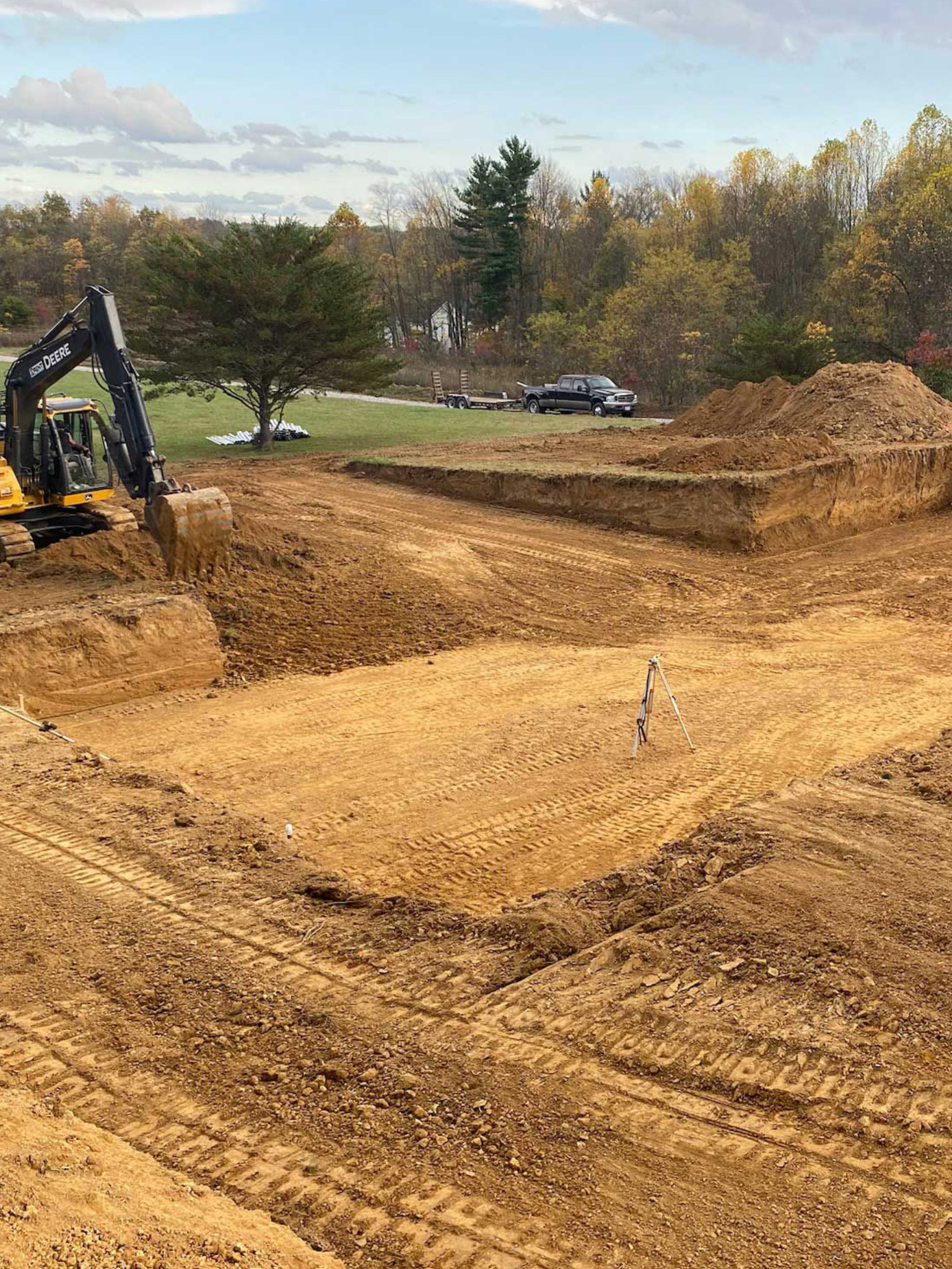Best Dump Truck Companies in Ohio - Top-Rated Dump Truck Providers
Best Dump Truck Companies in Ohio - Top-Rated Dump Truck Providers
Blog Article
Revealing the Art of Excavation: Pro Tips for Safe and Effective Excavating
As soil is transformed and earth is moved, the details of excavation expose themselves, demanding a keen understanding of tools, soil make-up, security protocols, and ecological considerations. The know-how needed to browse these elements properly can suggest the difference between an effective excavation project and a prospective disaster.
Relevance of Correct Devices
To guarantee the safety and efficiency of any type of excavation job, making use of the ideal equipment is paramount. Excavation projects vary in range and complexity, ranging from little property landscaping work to large building and construction tasks.
Excavators are fundamental pieces of machinery in any type of digging operation. These versatile machines come in numerous dimensions to match various task demands. Tiny excavators are excellent for smaller sized jobs, while larger excavators tackle more extensive tasks efficiently. Backhoes are one more crucial tools kind, combining the functions of a loader and an excavator in one maker. They are valuable for jobs calling for adaptability and maneuverability.
Excavators excel in tasks that call for pushing big amounts of dirt or debris. By spending in the appropriate devices, excavation tasks can be completed safely, on time, and with accuracy.
Understanding Soil Composition
An extensive grasp of dirt make-up is fundamental for executing excavation projects with precision and safety. Recognizing the various kinds of dirt is critical as it straight influences excavation approaches, tools option, and total task performance.
Sand particles are the largest and provide great drain however use little cohesion. Silt particles are smaller sized than sand yet bigger than clay, supplying modest drain and communication. Clay fragments are the tiniest and supply high cohesion but poor drainage. Raw material, such as decomposing plant product, influences soil fertility and stability.
Prior to starting excavation, conducting dirt examinations to determine its make-up and characteristics is important. This details assists in selecting the appropriate tools, implementing safety actions, and establishing excavation techniques customized to the certain soil problems - septic ohio. By comprehending soil structure, excavation professionals can boost job outcomes while making certain security and adherence to best techniques
Security Actions and Methods
Comprehending dirt composition is the keystone upon which precaution and procedures for excavation projects are developed, making certain the well-being of employees and the success of the venture. When it involves security throughout excavation, there are several vital procedures that have to be carried out to mitigate risks and stop crashes.
Most importantly, prior to any type of excavating starts, a thorough evaluation of the website must be performed to identify any potential dangers such as below ground energies, unpredictable dirt problems, or neighboring frameworks that might posture a threat. It is crucial to have a skilled person manage the excavation process to make certain that all security procedures are adhered to strictly.
Furthermore, all employees involved in the excavation needs to be correctly educated in secure excavating practices and the appropriate procedure of equipment. Personal protective devices (PPE) such as construction hats, high presence clothes, handwear covers, and safety boots ought to be used in any way times to decrease the threat of injuries. dump truck companies in ohio. Normal safety conferences and tool kit talks need to additionally be carried out to maintain all employees notified regarding possible threats and reinforce safe work practices. By adhering to these safety steps and protocols, excavation projects can be completed effectively and without occurrence.
Effective Excavation Preparation
When starting an excavation project, thorough preparation is necessary to make sure performance, security, and successful outcomes. Reliable excavation preparation entails numerous essential steps that are crucial for the smooth implementation of the job. The initial step is to perform a comprehensive website evaluation to identify any kind of prospective risks, such as underground energies or unstable dirt conditions. This details is important for creating an in-depth excavation plan that consists of safety and security steps and run the risk of mitigation approaches.
Once the site analysis is total, the next action is to produce a clear timeline and schedule for the excavation activities. This consists of identifying the series of jobs, equipment demands, and workforce allotment. Correct scheduling assists stay clear of delays and guarantees that the task remains on track.

Moreover, communication among all staff her response member is critical during the planning phase. Clear regulations, normal updates, and reliable control are essential for a successful excavation job. By investing time and initiative in careful planning, excavation teams can considerably boost performance, decrease threats, and accomplish effective results.

Handling Environmental Factors To Consider
With raising emphasis on ecological sustainability in building practices, taking care of environmental factors to consider has become a vital facet of excavation projects. Excavation tasks have the prospective to influence the surrounding atmosphere with soil disintegration, sediment runoff, environment disruption, and contamination of water sources. To mitigate these dangers, it is important to implement finest practices that prioritize environmental management.

In addition, correct waste management is important to avoid dirt and water contamination. Implementing procedures for the disposal of hazardous products, recycling of waste products, and decreasing making use of harmful chemicals can considerably decrease the environmental impact of excavation projects. By incorporating these techniques right into excavation preparation and execution, building and construction firms can make certain that their tasks are not just risk-free and productive but additionally eco accountable.
Final Thought
Finally, mastering the art of excavation calls for a complete understanding of appropriate devices, soil make-up, security steps, and effective preparation. By following these guidelines and taking into consideration ecological elements, excavations can be performed securely and efficiently. It is crucial to focus on security and productivity in every excavating project to make certain successful outcomes.
As dirt is turned and planet is moved, the intricacies of excavation expose themselves, demanding an eager understanding of equipment, soil composition, security protocols, and ecological considerations.To make sure the safety and effectiveness of any type of excavation project, using the appropriate devices is critical.A thorough understanding of soil make-up is fundamental official source for implementing excavation projects with accuracy and safety and security. Comprehending the different types of dirt is official statement important as it straight impacts excavation techniques, tools selection, and general task effectiveness. By recognizing soil composition, excavation experts can boost job outcomes while ensuring safety and adherence to ideal techniques.
Report this page